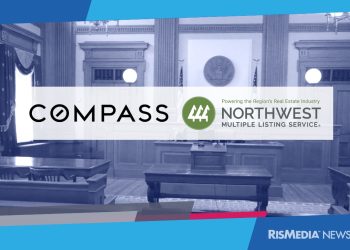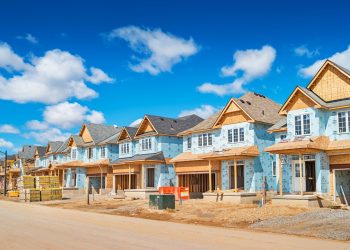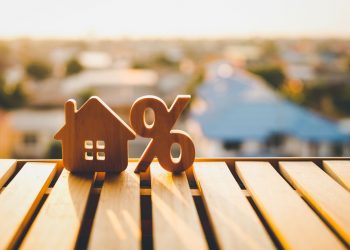As the latest inflation data shows continued, albeit slow, progress toward taming record inflation, some in the housing industry—including National Association of REALTORS® (NAR) Chief Economist Lawrence Yun—have begun calling for the Federal Reserve to pause further rate hikes, fearing near-term negative consequences from restrictive rates.
At NAR’s ongoing midyear legislative meetings in Washington, D.C., Yun told an audience of policymakers and housing industry heavyweights that last month’s 25-basis point hike was “unnecessary,” according to a release from NAR.
“Inflation will not reignite—inflation will come down closer to 3% by the year’s end,” Yun stated.
With the latest CPI report out this morning showing a 4.9% increase in all goods and services—down from 5% the previous month—and so-called core inflation (everything except volatile food and energy) similarly falling from 5.6% to 5.5%, the Fed will likely face significant pressure to keep rates flat at its next meeting in June.
But the somewhat ambiguous report—still positive enough to boost major stock indices early Wednesday—leaves plenty of room for debate and criticism, particularly from the housing industry, which initially bore the brunt of the Fed’s campaign to tame inflation, and is still stabilizing early this year.
Dr. Lisa Sturtevant, chief economist for Bright MLS, went so far as to question both the Fed’s goals (sustained 2% inflation) and methods, calling for “patience.”
“The lackluster inflation report comes as the Fed has raised interest rates 10 times in an attempt to slow the economy and cool price growth,” she said in a statement. “There has been a lot of speculation about why we aren’t seeing inflation come down faster. Maybe the conventional models explaining the relationship between interest rates and inflation simply don’t work in this unusual, post-pandemic economy.”
There was plenty of good news in the CPI data, however. Food costs were flat from last month (still up 7.7% from a year ago), and utility energy costs continue to shrink, with natural gas down 4.5% and fuel oil shrinking by 4.5% from the month before. All services (minus energy) were up 0.4%.
Shelter costs in the CPI, which are at least partially based on rental agreements and often lag behind other metrics, have been a topic of debate, with Fed Chair Jerome Powell telling Congress earlier this year that decreases in that metric are “in the pipeline.”
Sturtevant said that a pause in rate hikes would allow those metrics to catch up and give policymakers a better grasp of where inflation is.
“Pausing would also allow housing costs a chance to catch up. Housing plays an outsized role in the CPI, accounting for between 30% and 40% of the inflation measure each month,” she pointed out. “(W)e know home price growth and rent growth have been decelerating, and prices and rents have even been falling in some markets.”
Yun highlighted a historic surge of apartment construction, which should bring those costs down as supply aligns better with demand.
“Rent growth will decrease because apartment construction—entry units coming on the market—is already in the pipeline,” Yun said. “We are already moving in the right direction toward consumer price inflation.”
Still, shelter was up 0.4% from the previous month, and higher by 8.1% from a year ago. Powell has remained adamant over the past year that the Fed will carry through with its policy goals, emphasizing that rate hikes are a blunt instrument and the only tool the central bank has to battle inflation.
After peaking at over 7% in November, mortgage rates seem to have settled between 6.25% and 6.5% (currently at 6.39%, according to Freddie Mac). Even as labor markets and many other business sectors initially seemed to shrug off the Fed’s efforts, real estate markets quickly fell from their pandemic highs as buyers were priced out of already less affordable homes.
While there have been some signs of a rebound, Sturtevant said she is far from convinced that the market is in a stable place.
“The spring housing market has been slower as higher interest rates have eroded buyers’ purchasing power and both buyers and sellers are watching an economy that is growing more uncertain. The Fed’s rate hikes may, indeed, be having the intended impact, but we might just need to pause, take a breath and let the effects move through the economy.”












